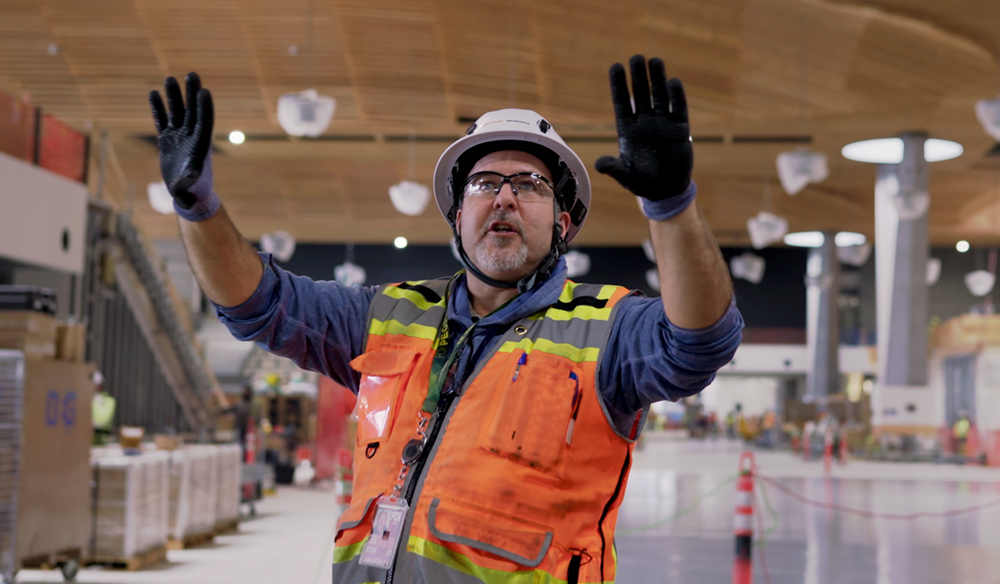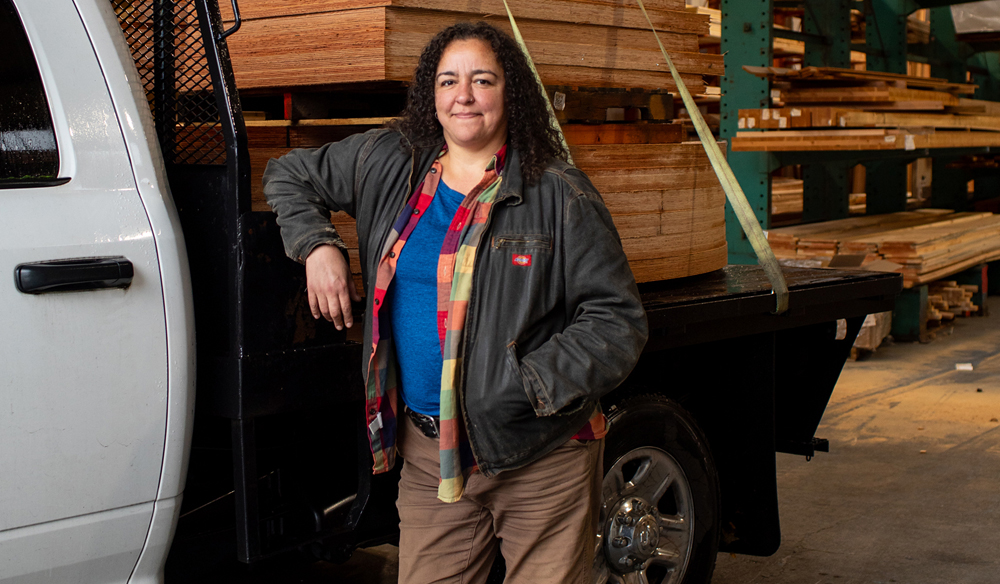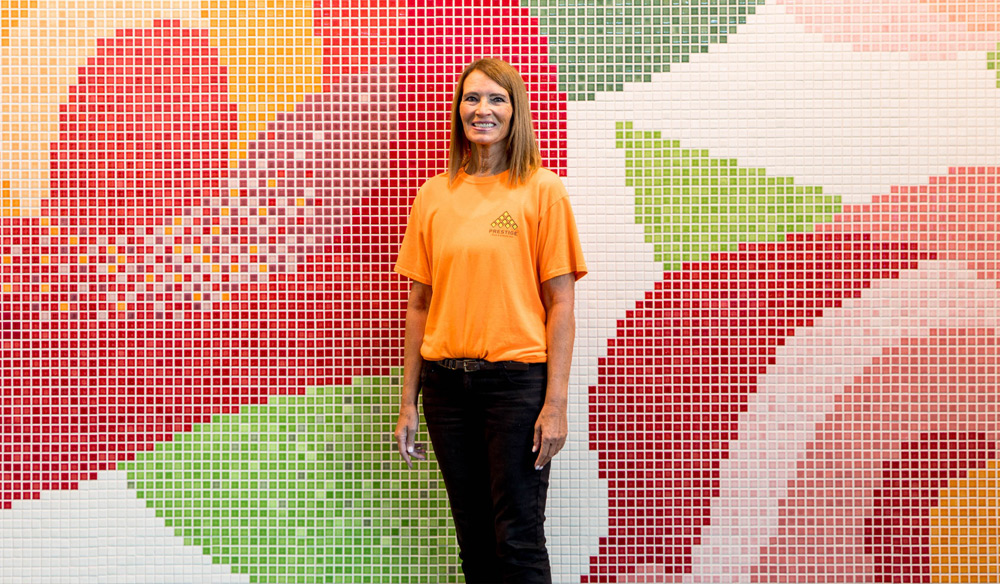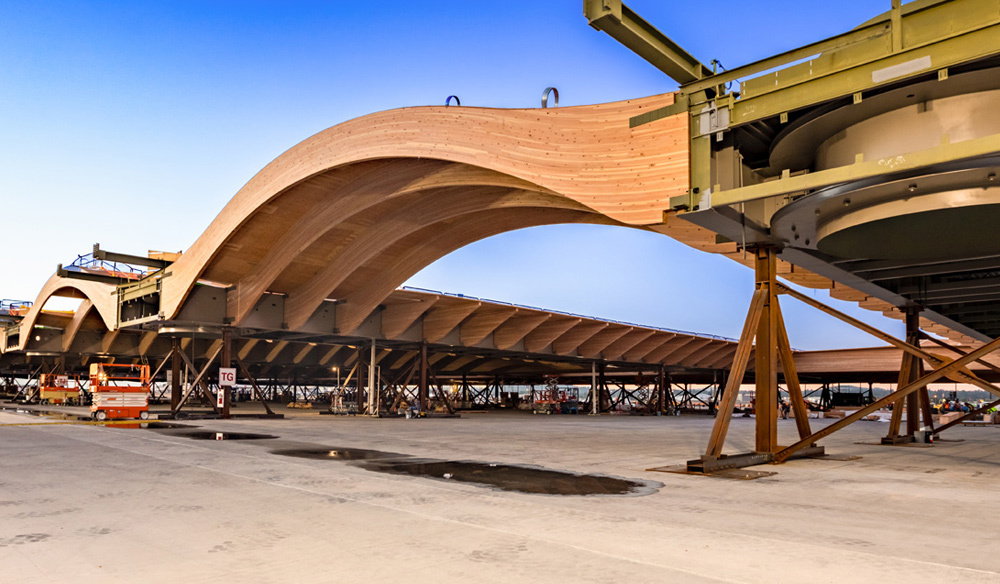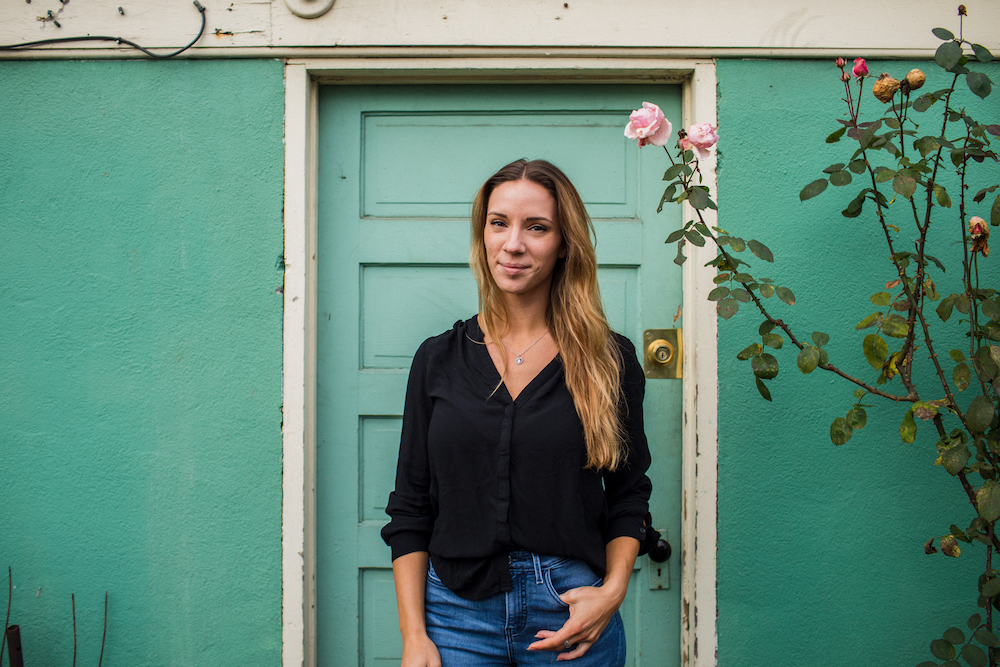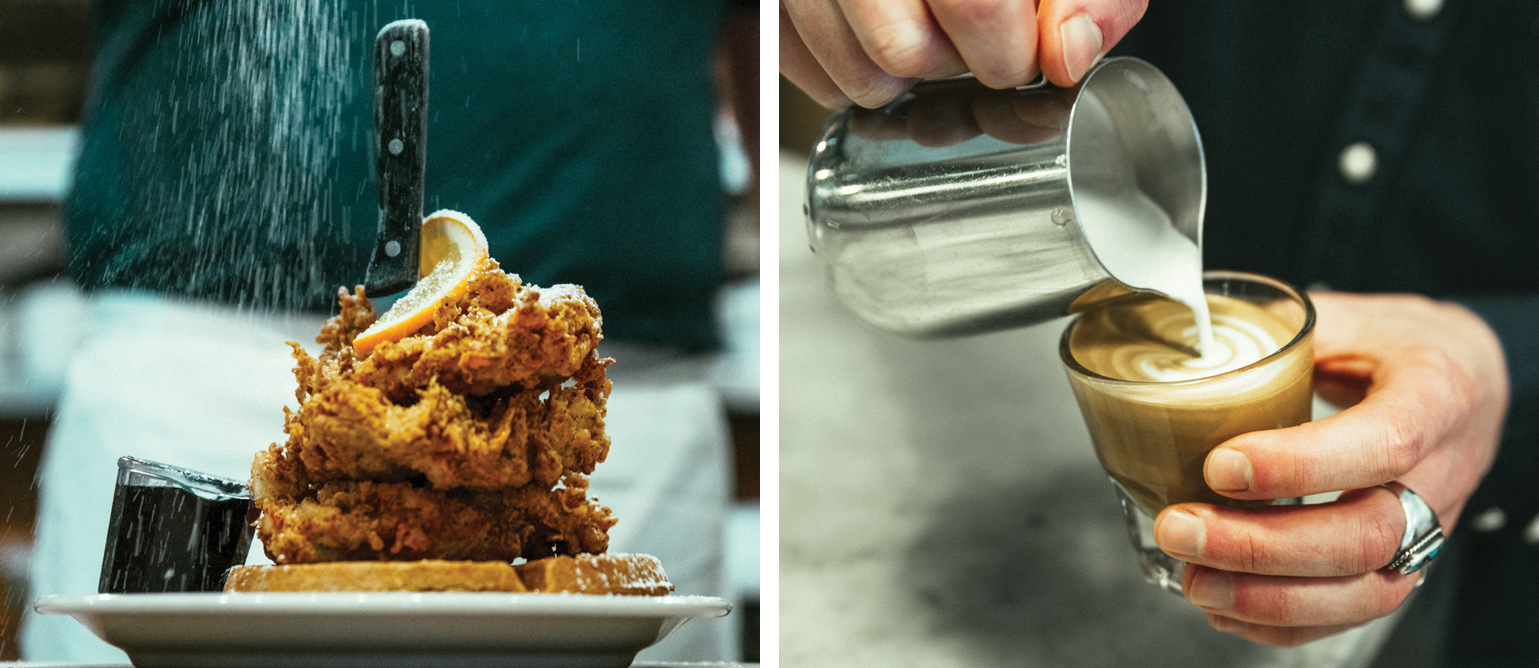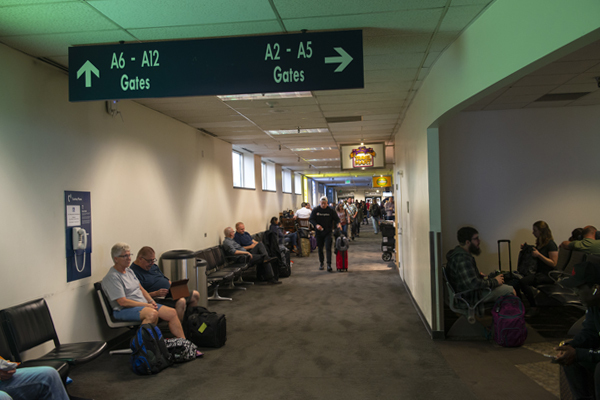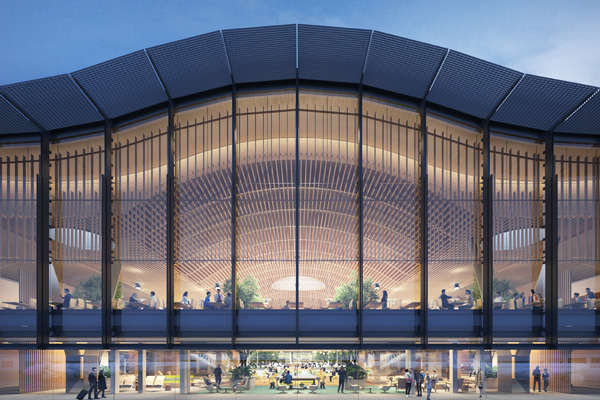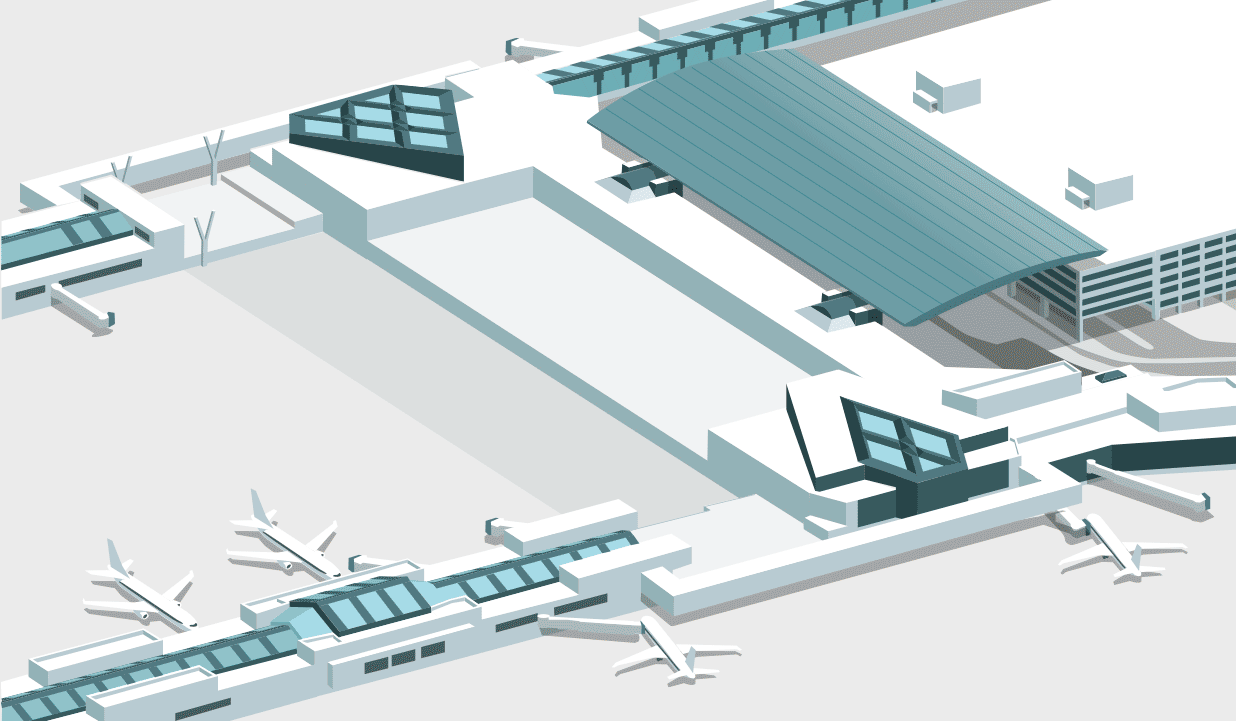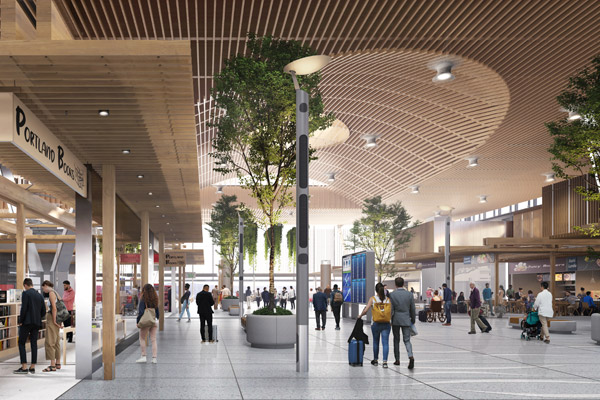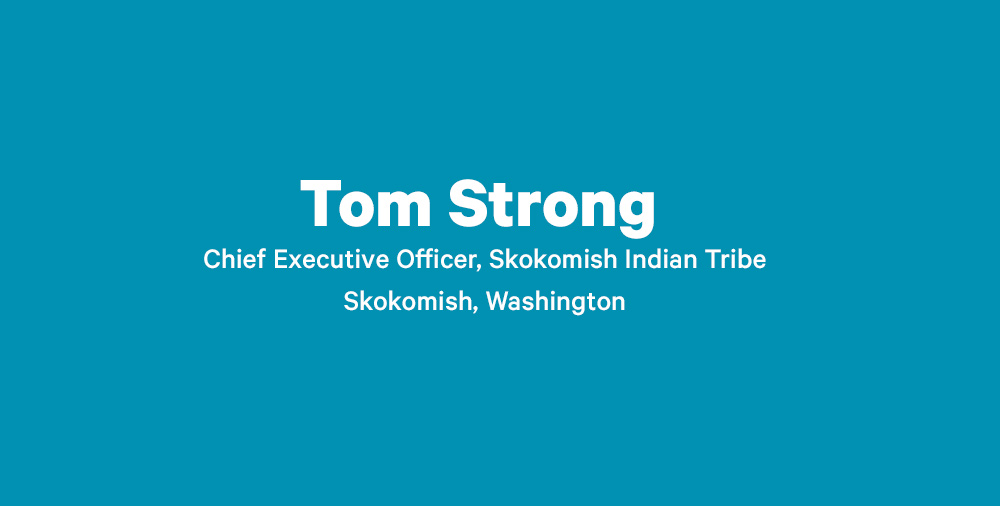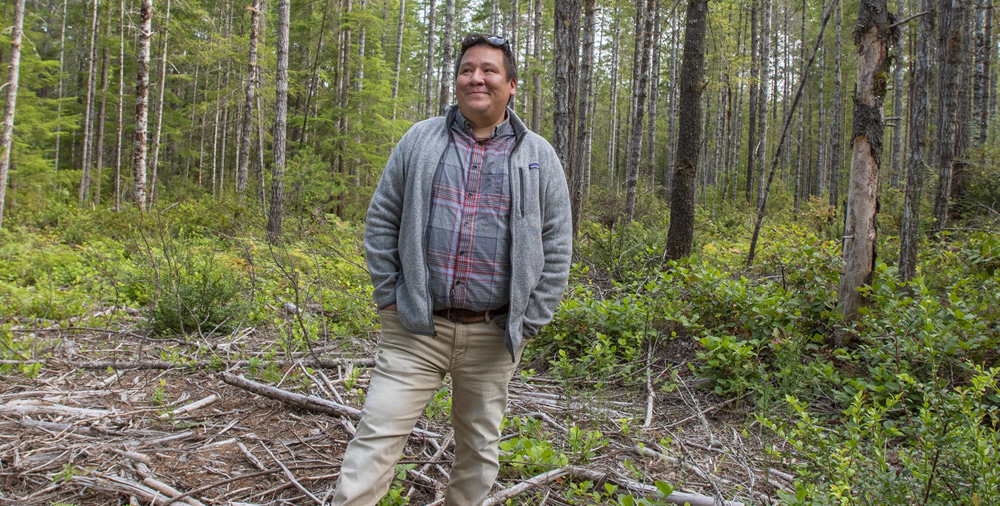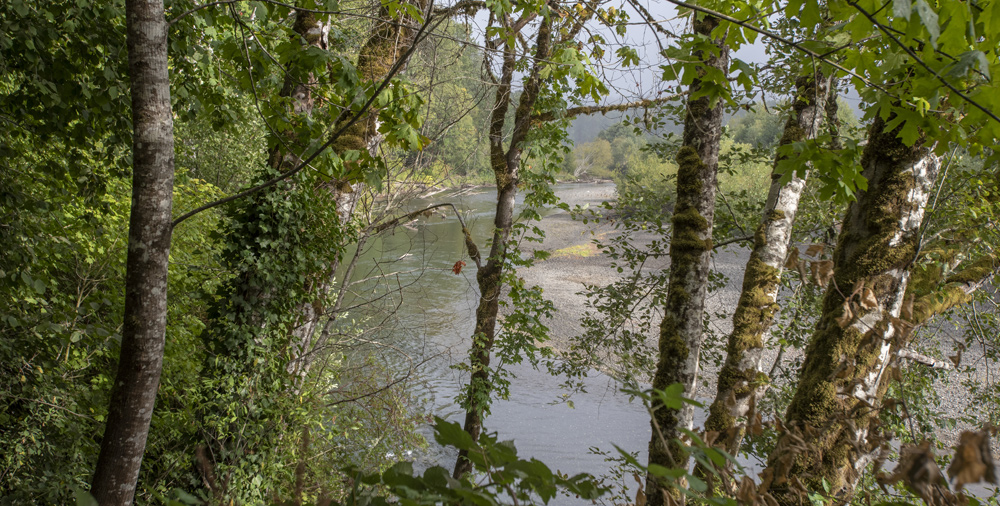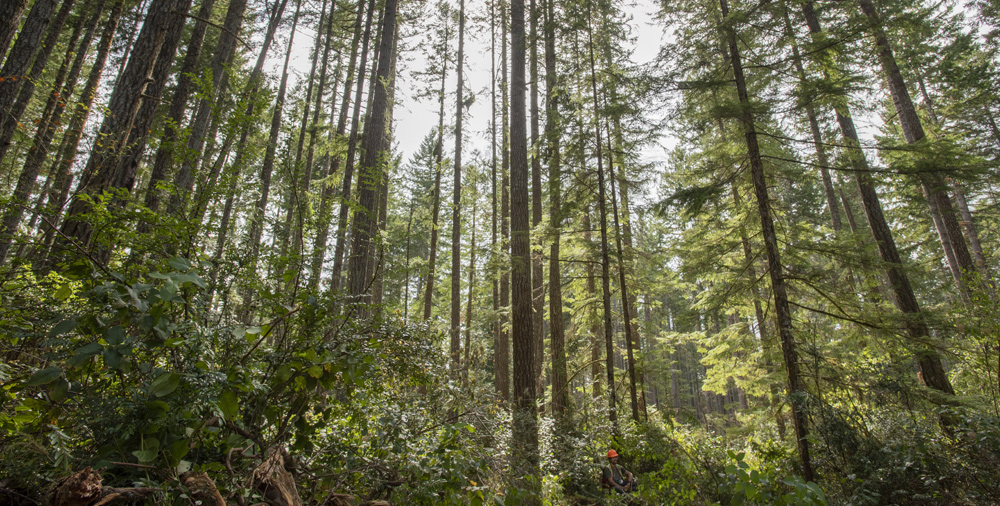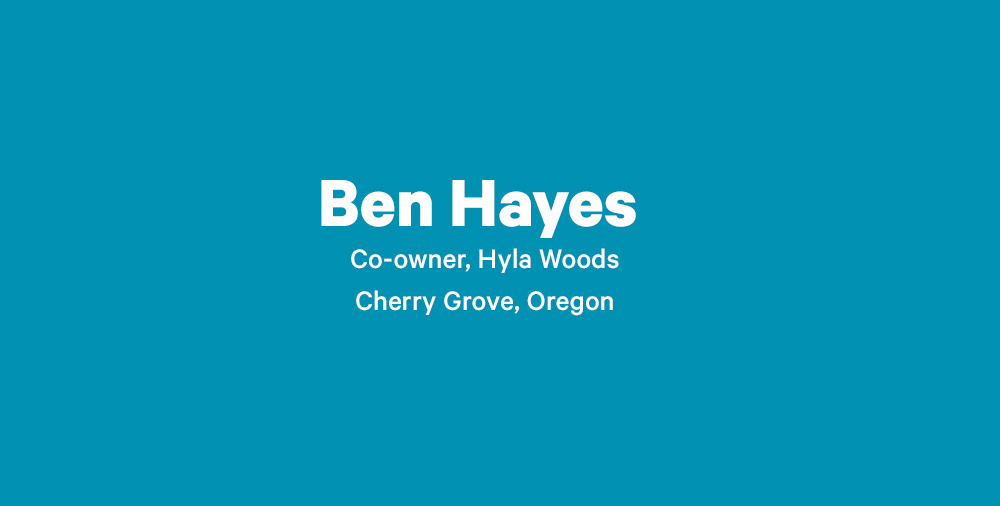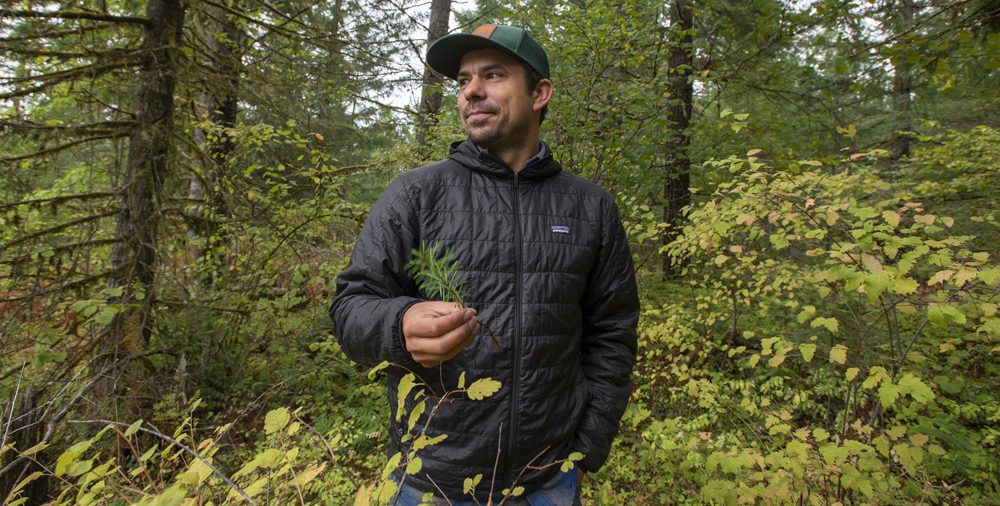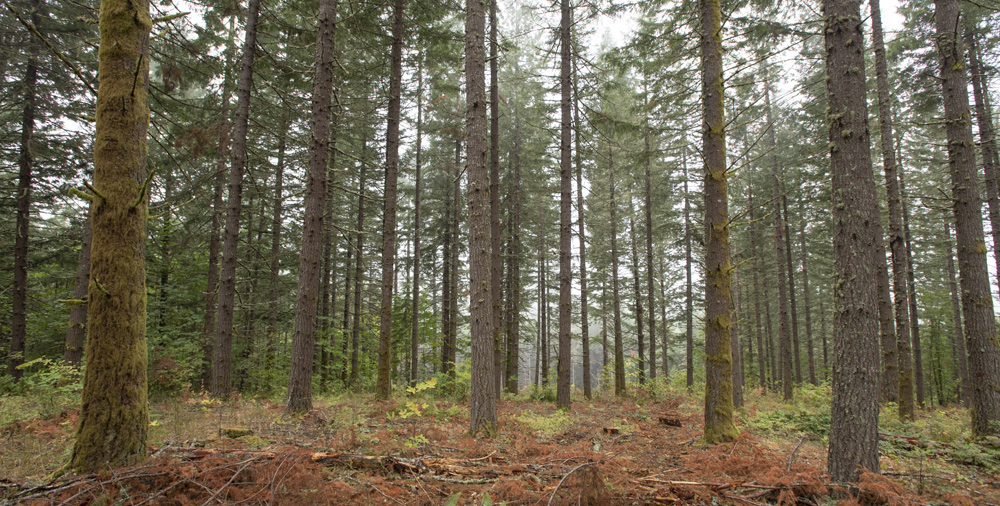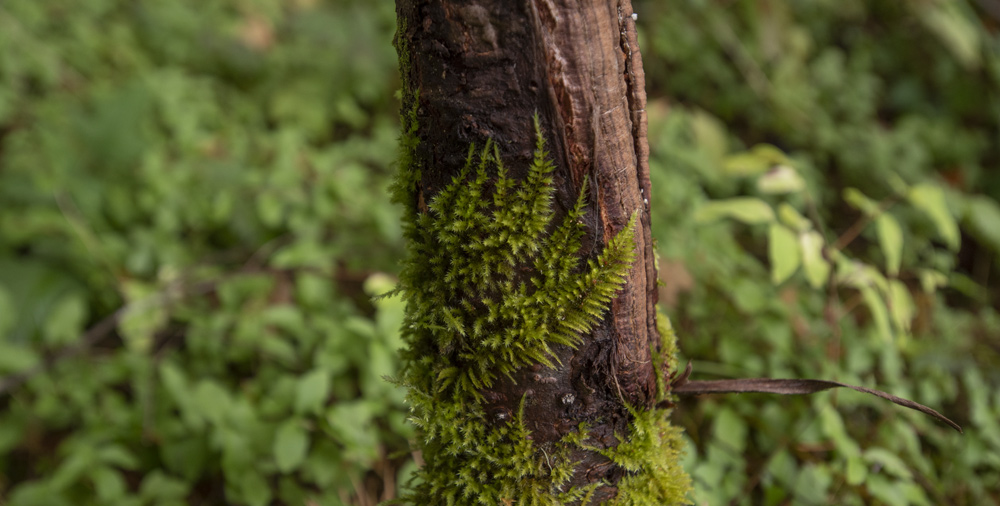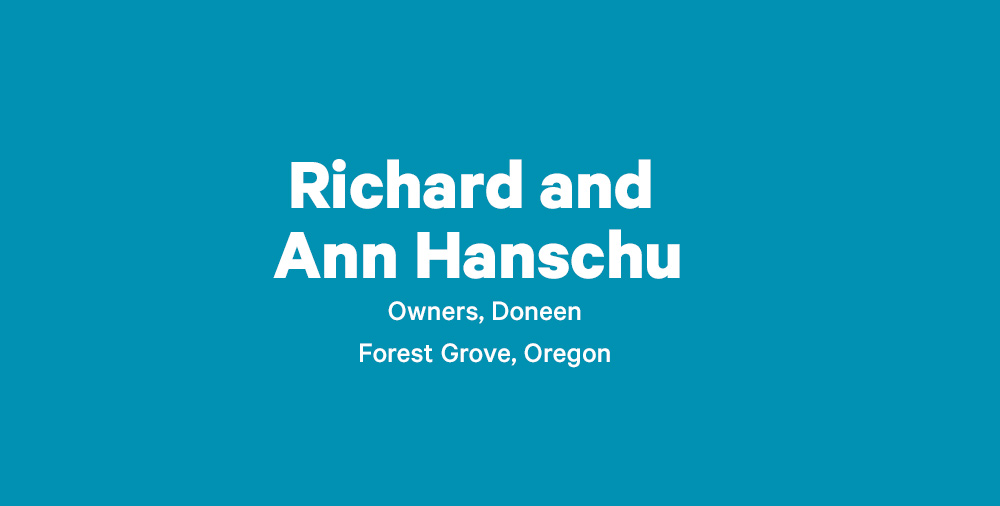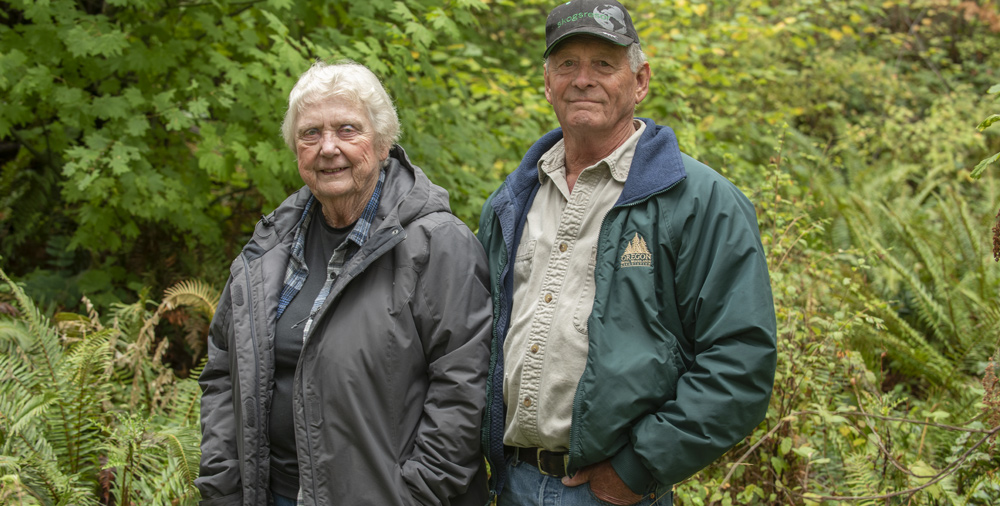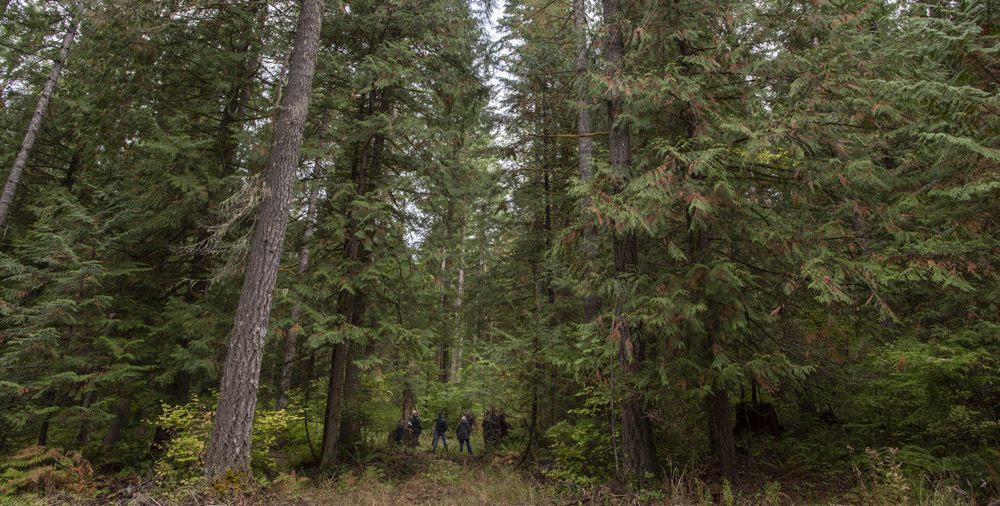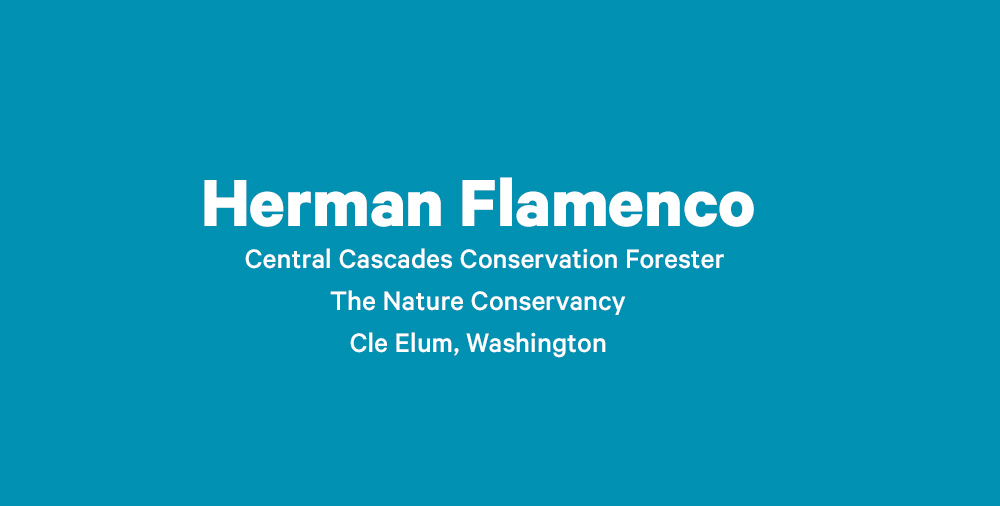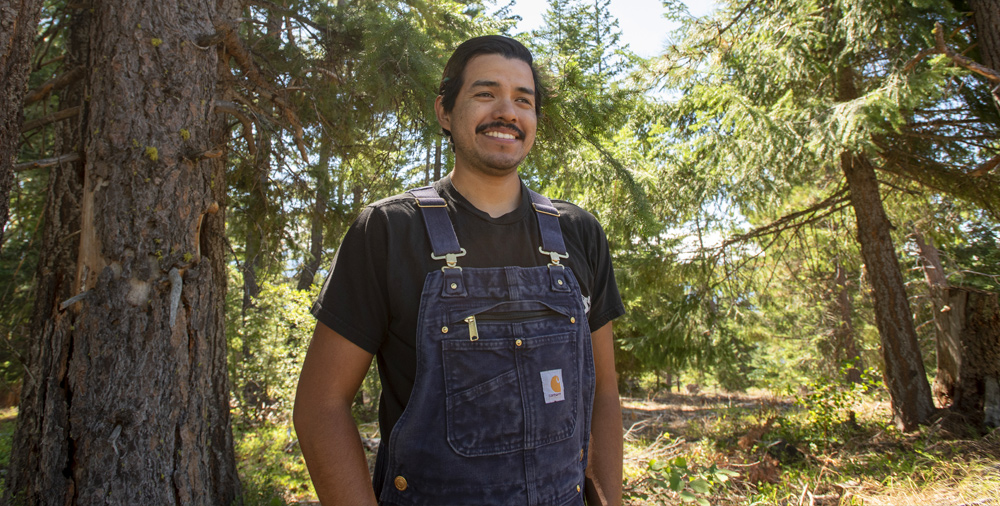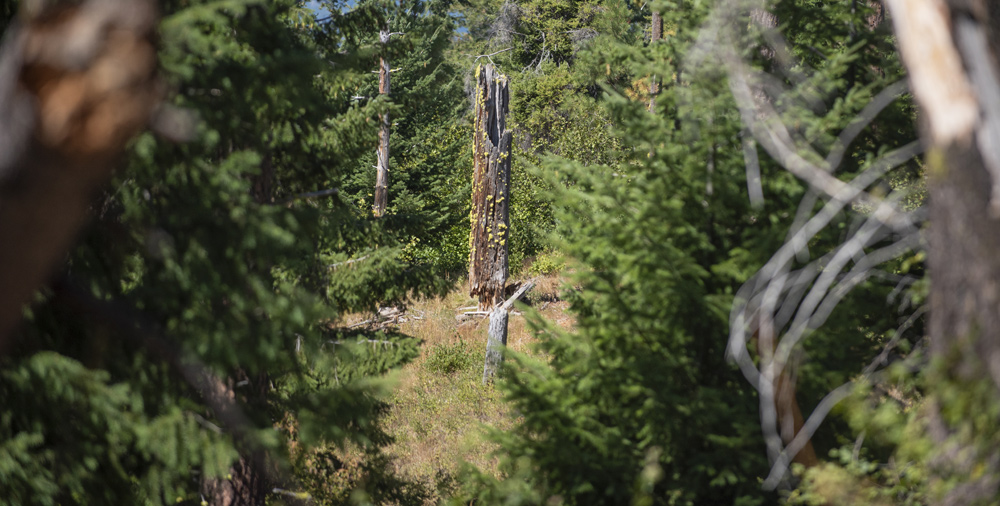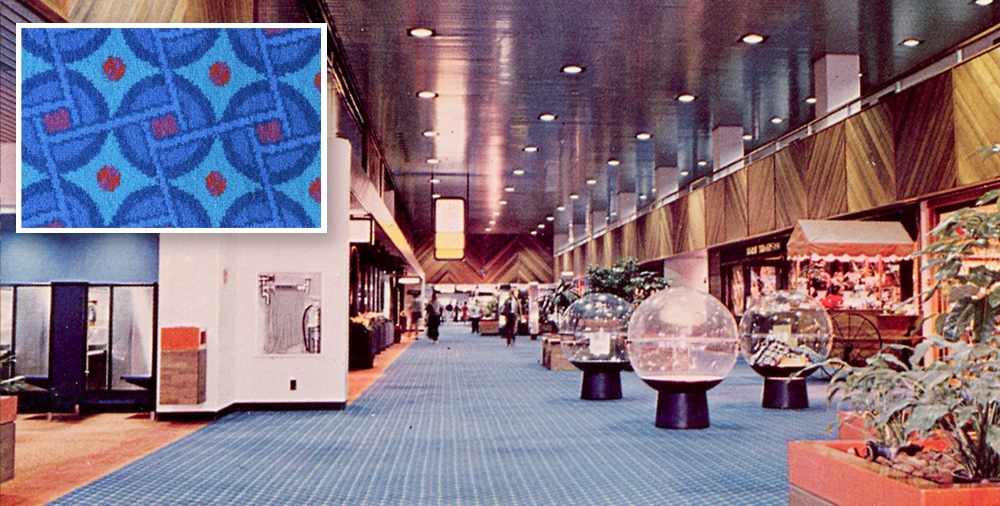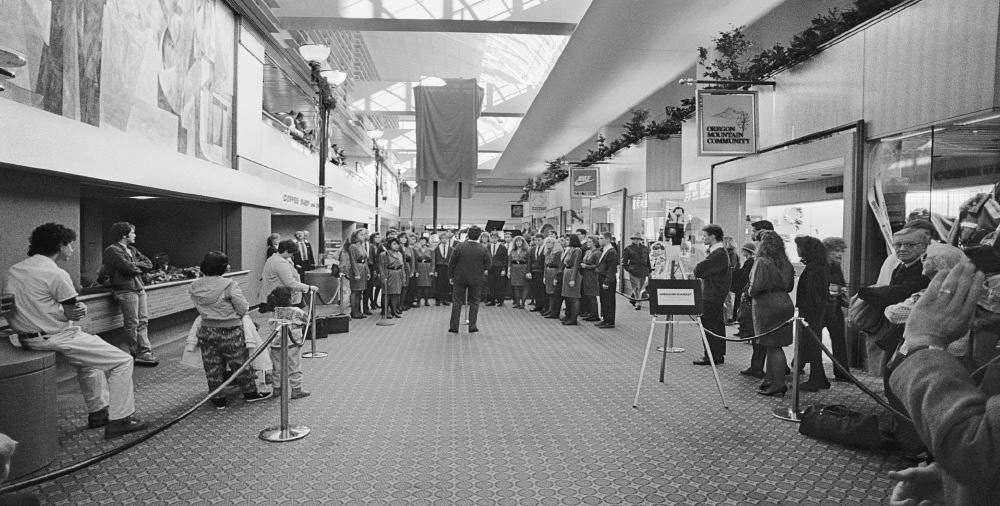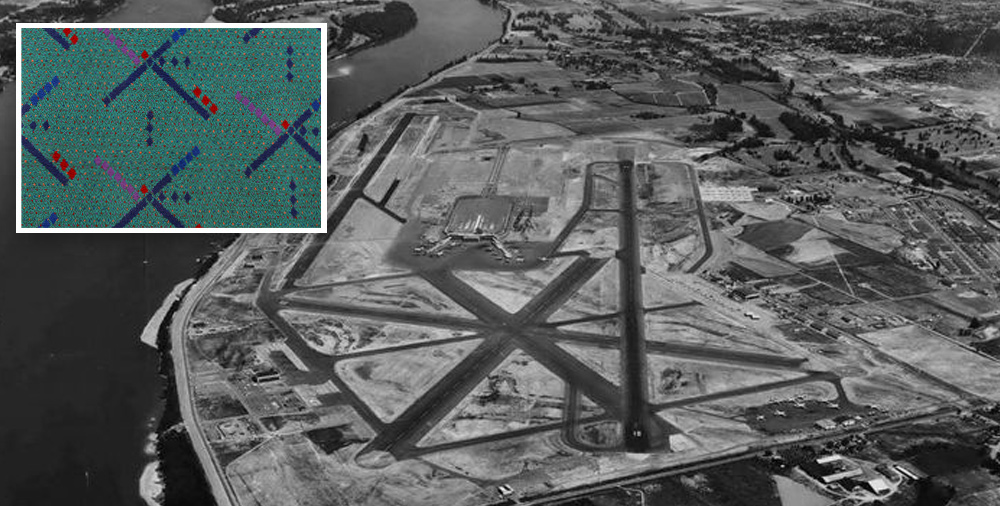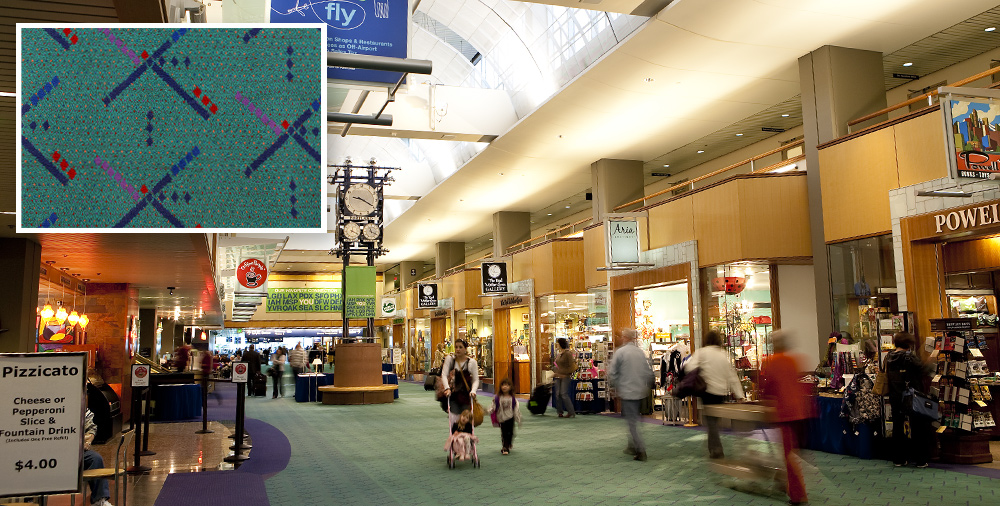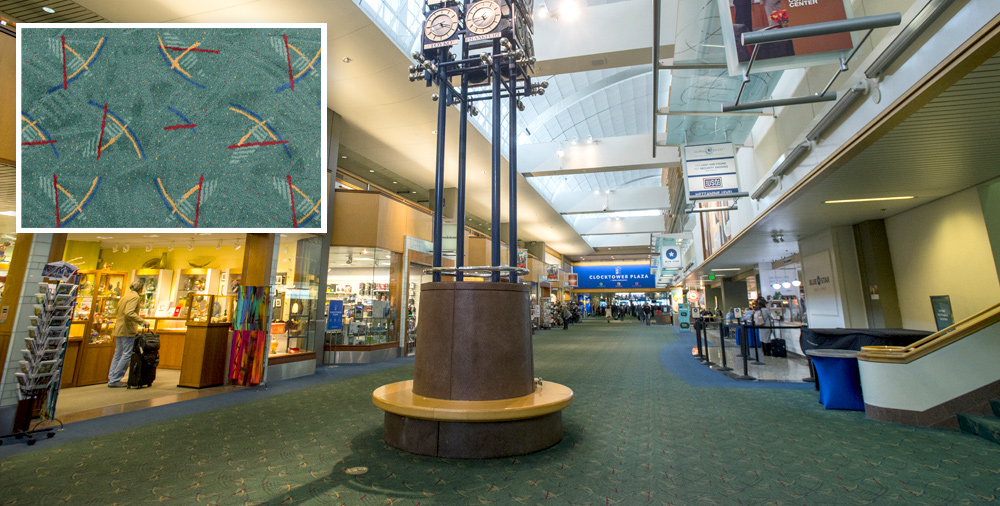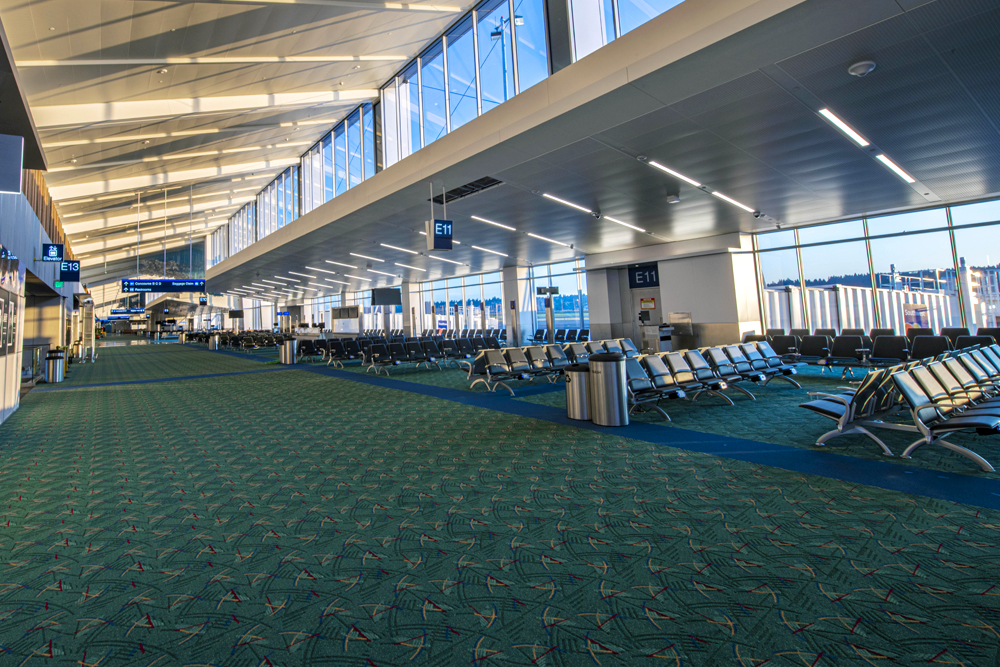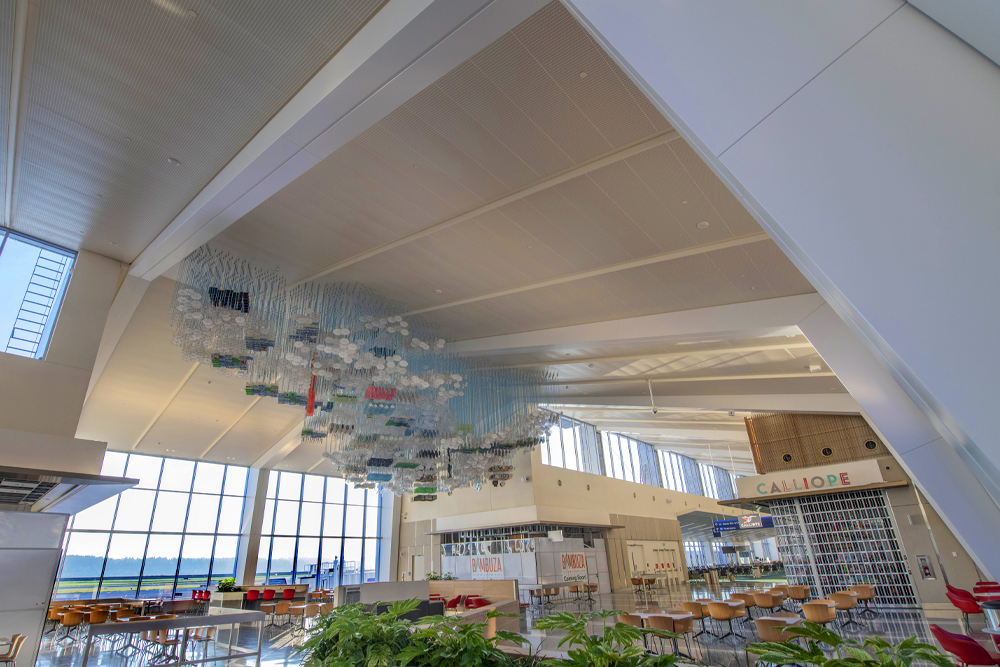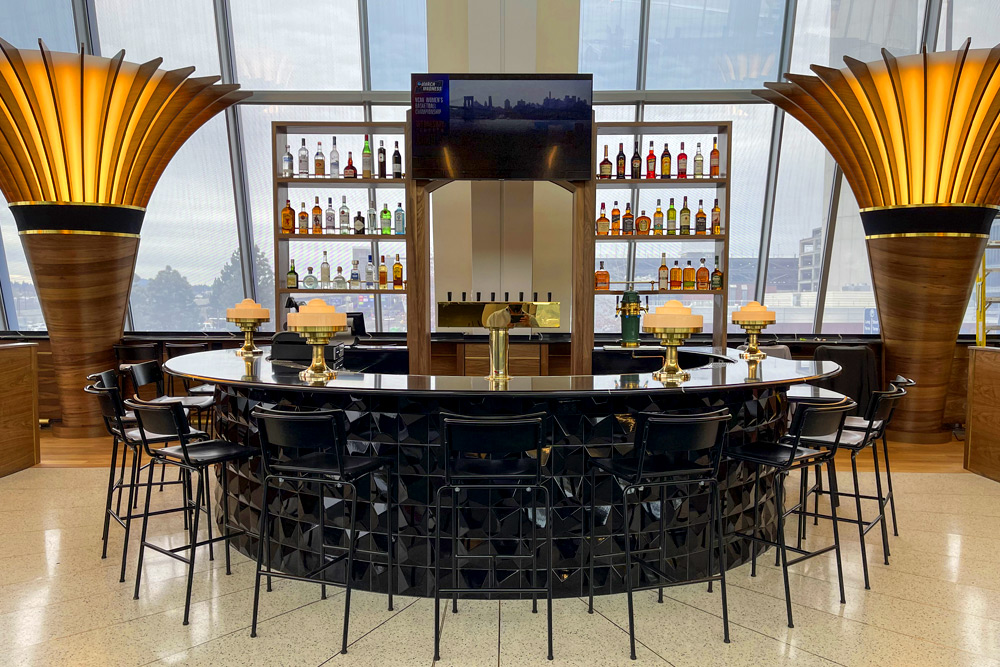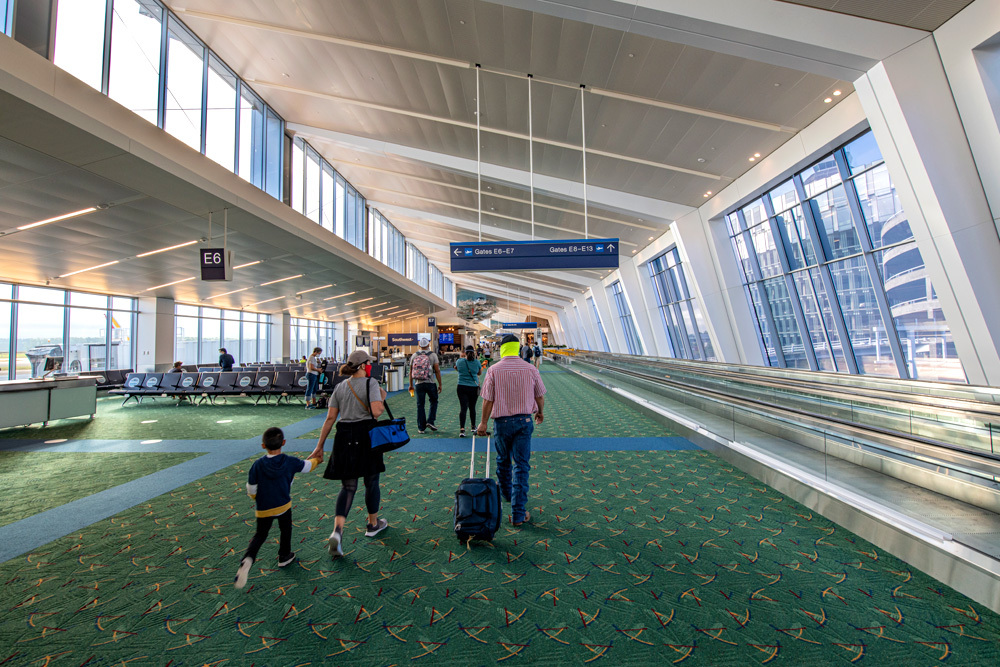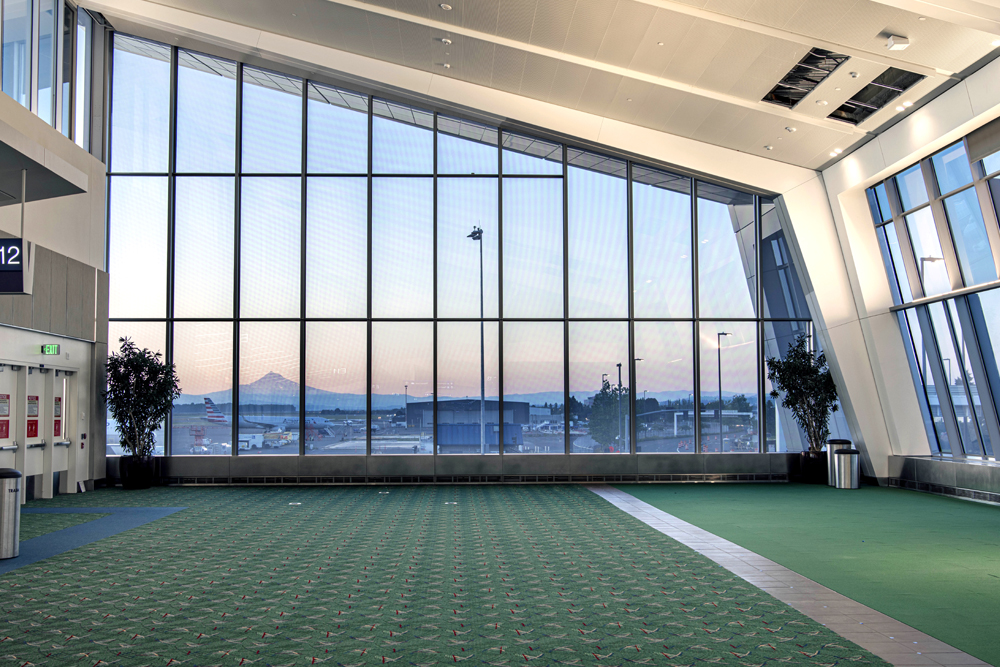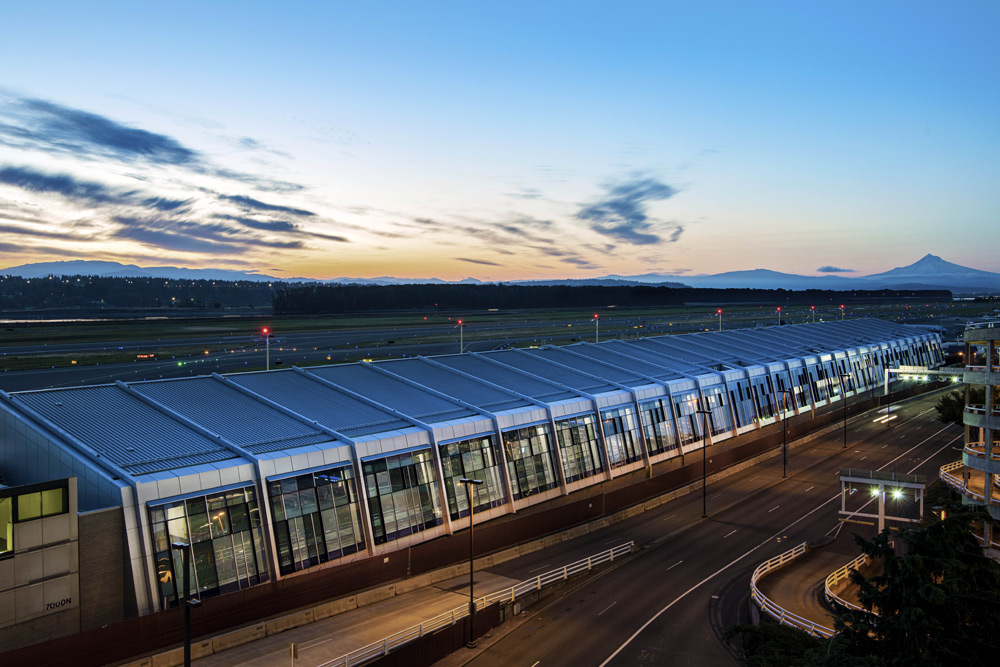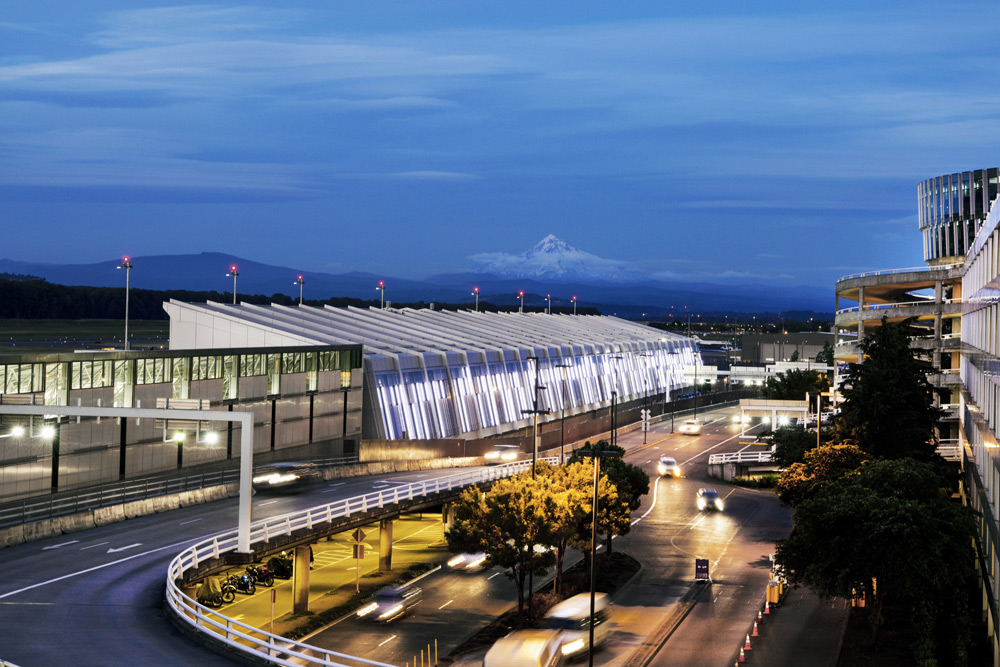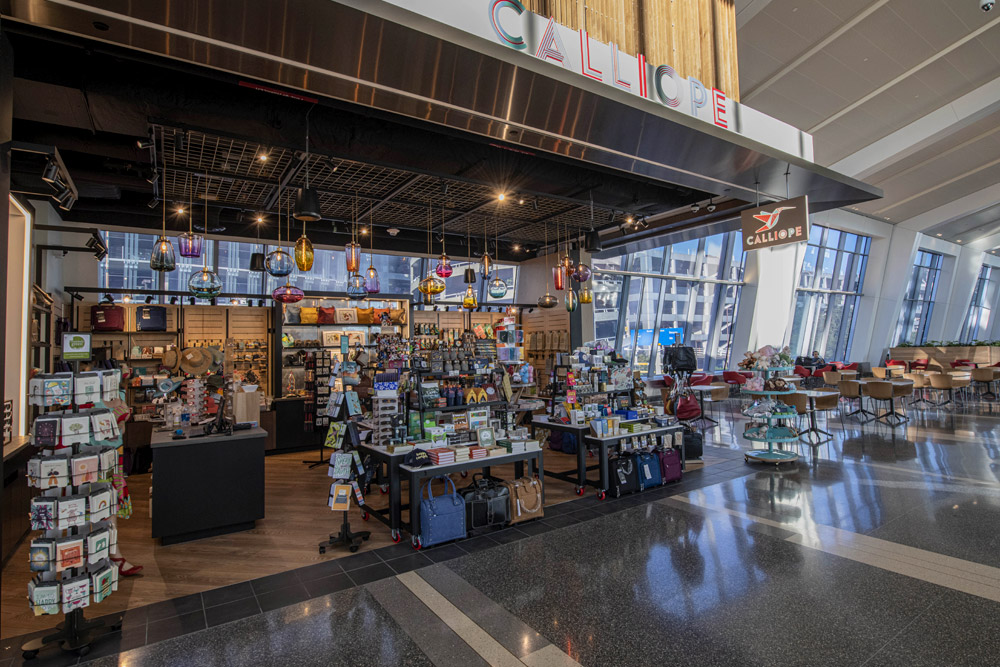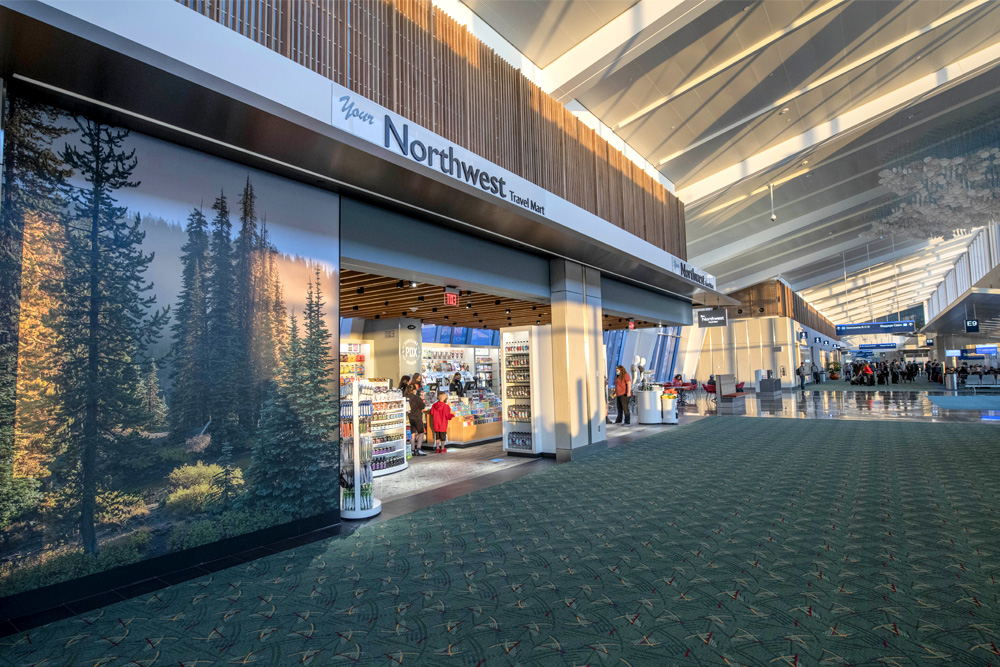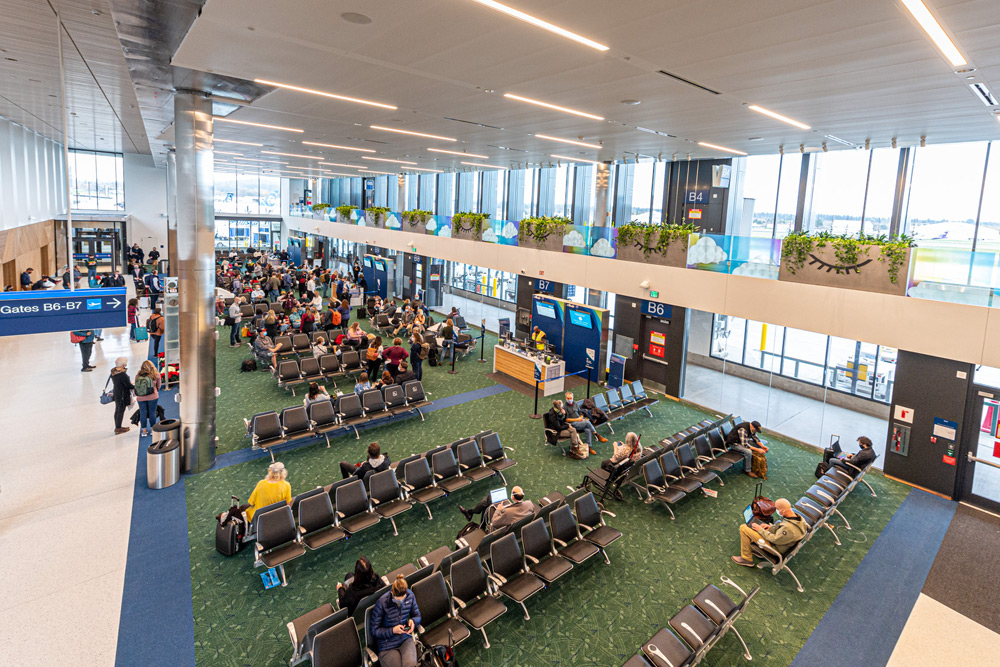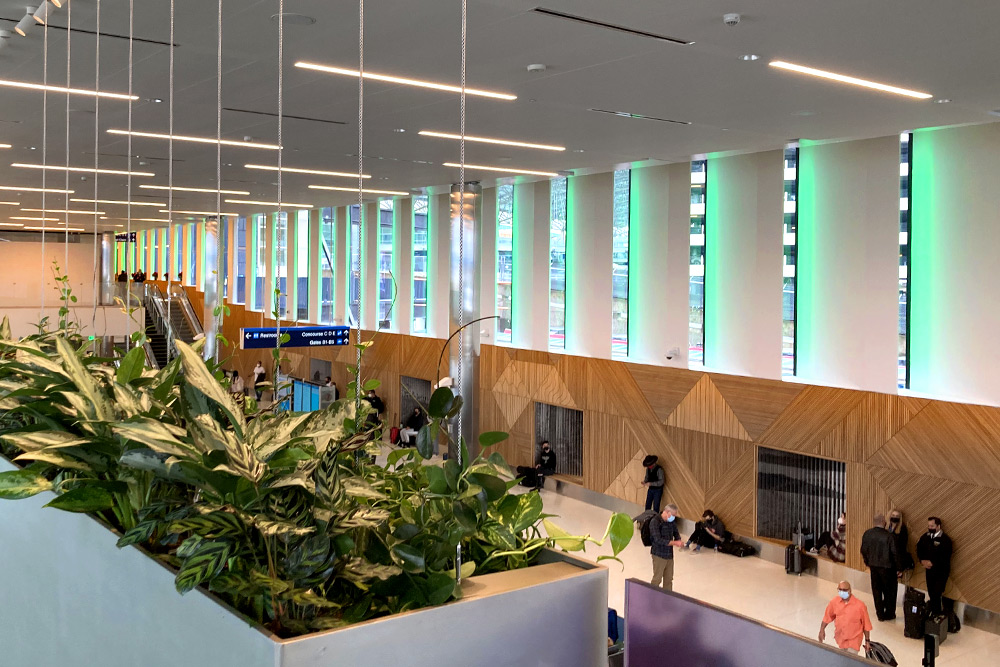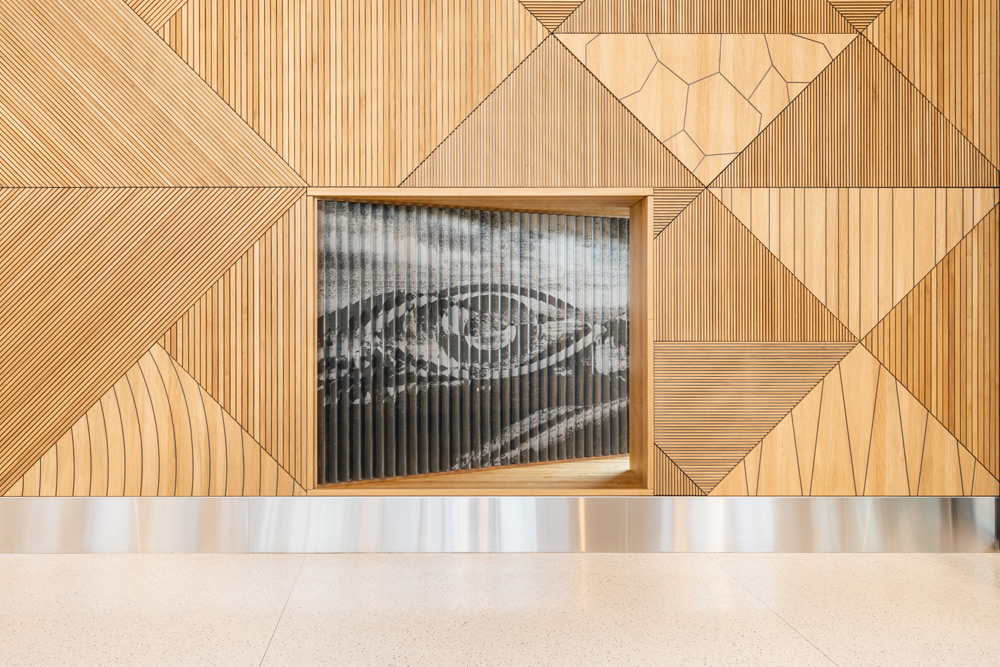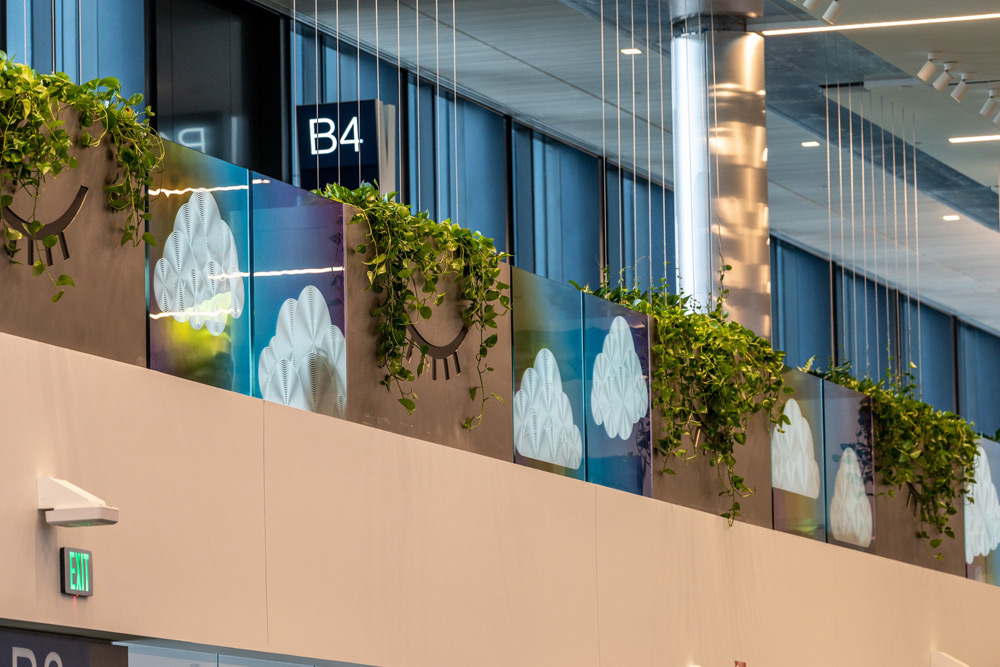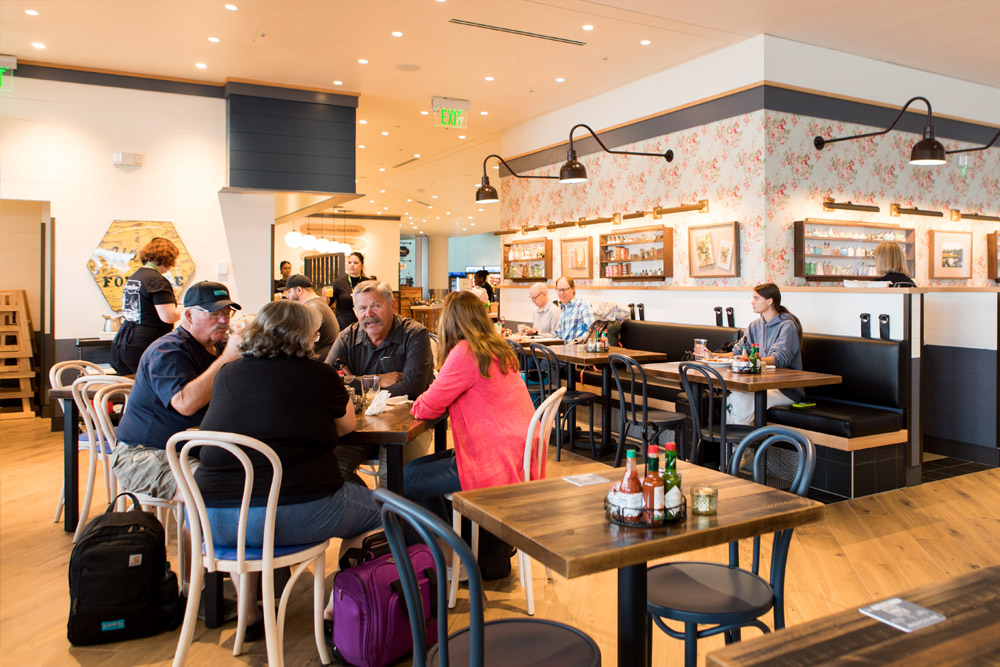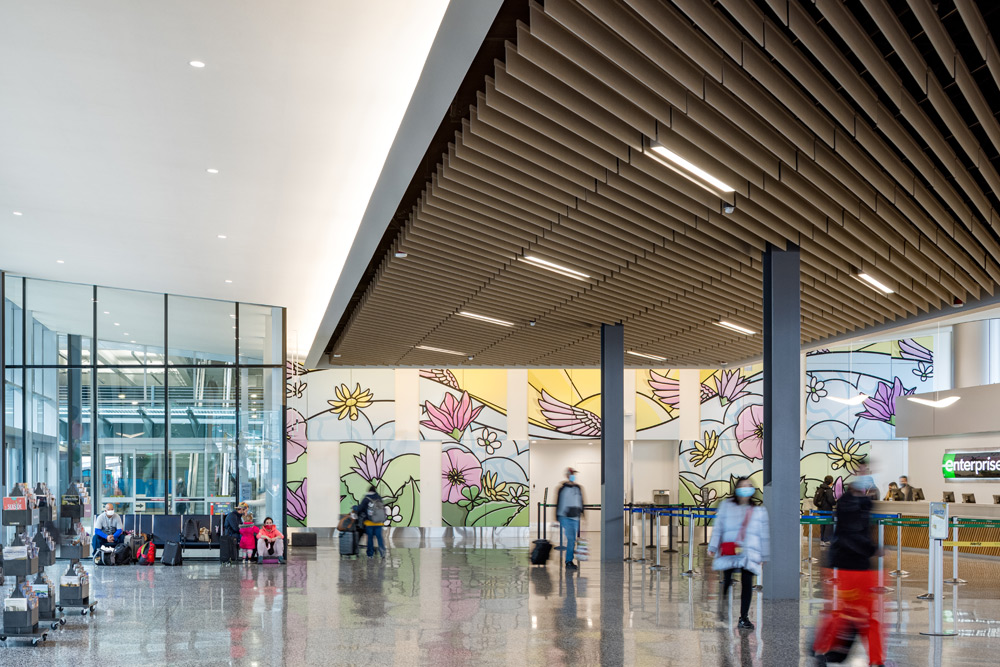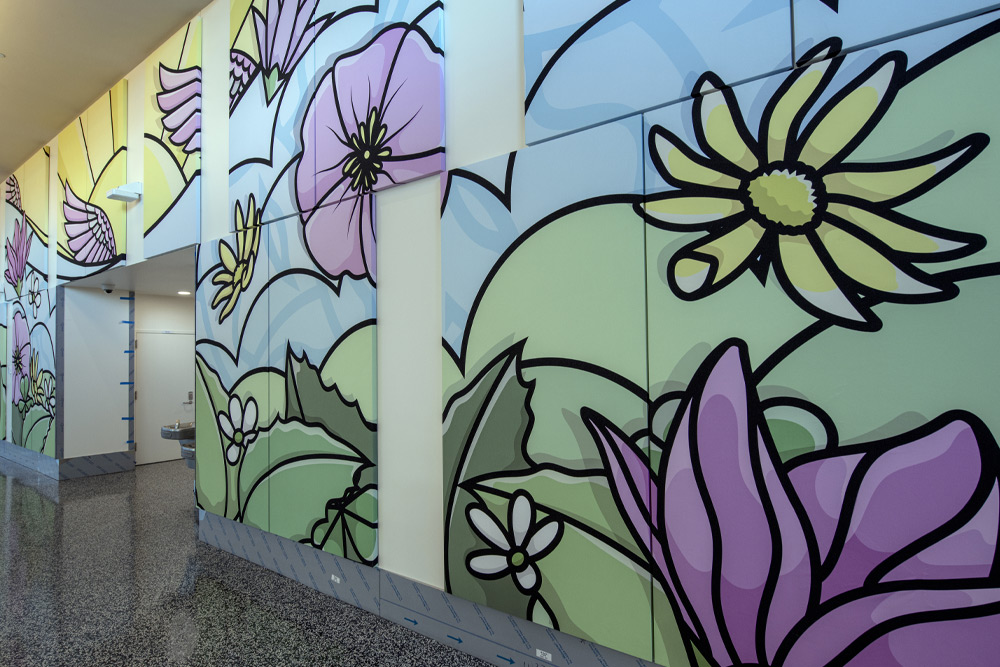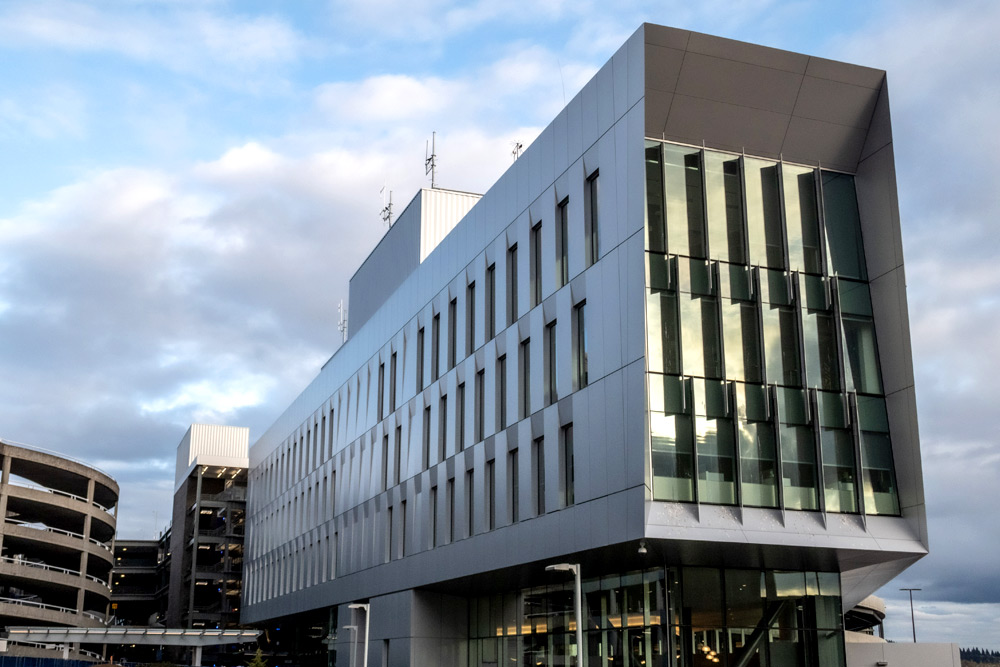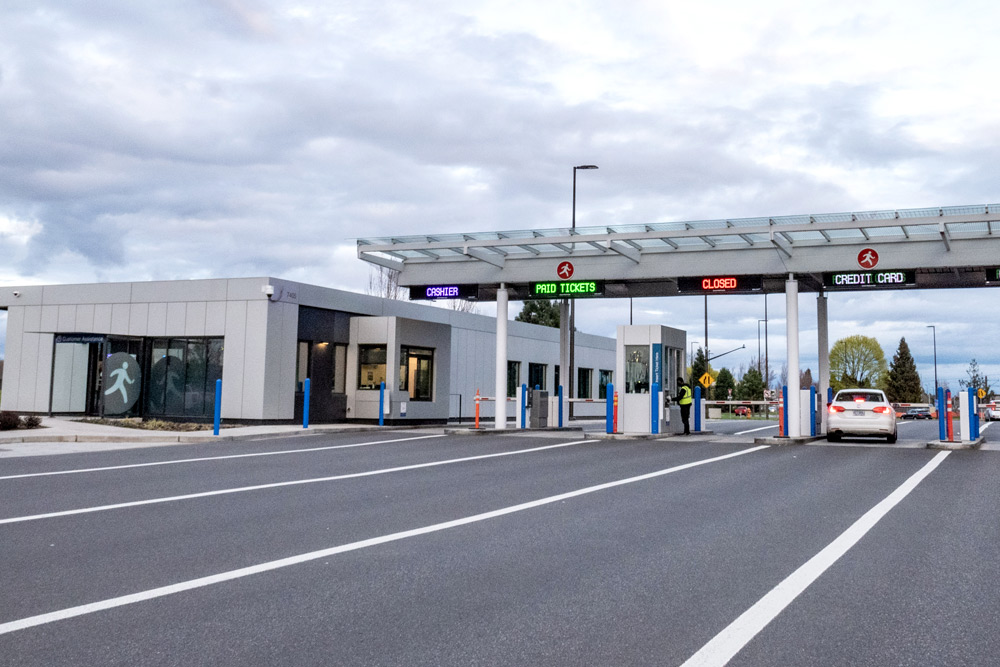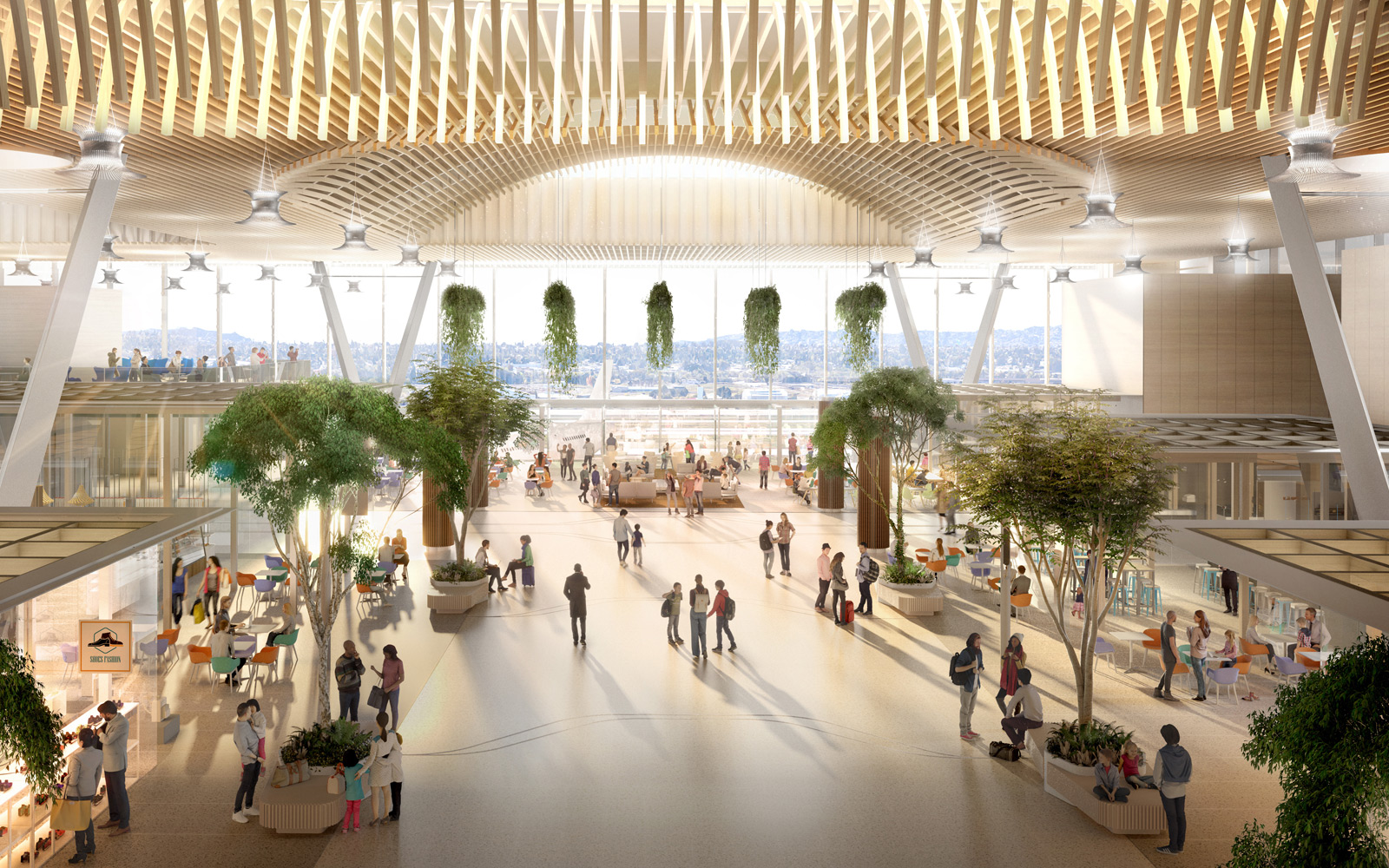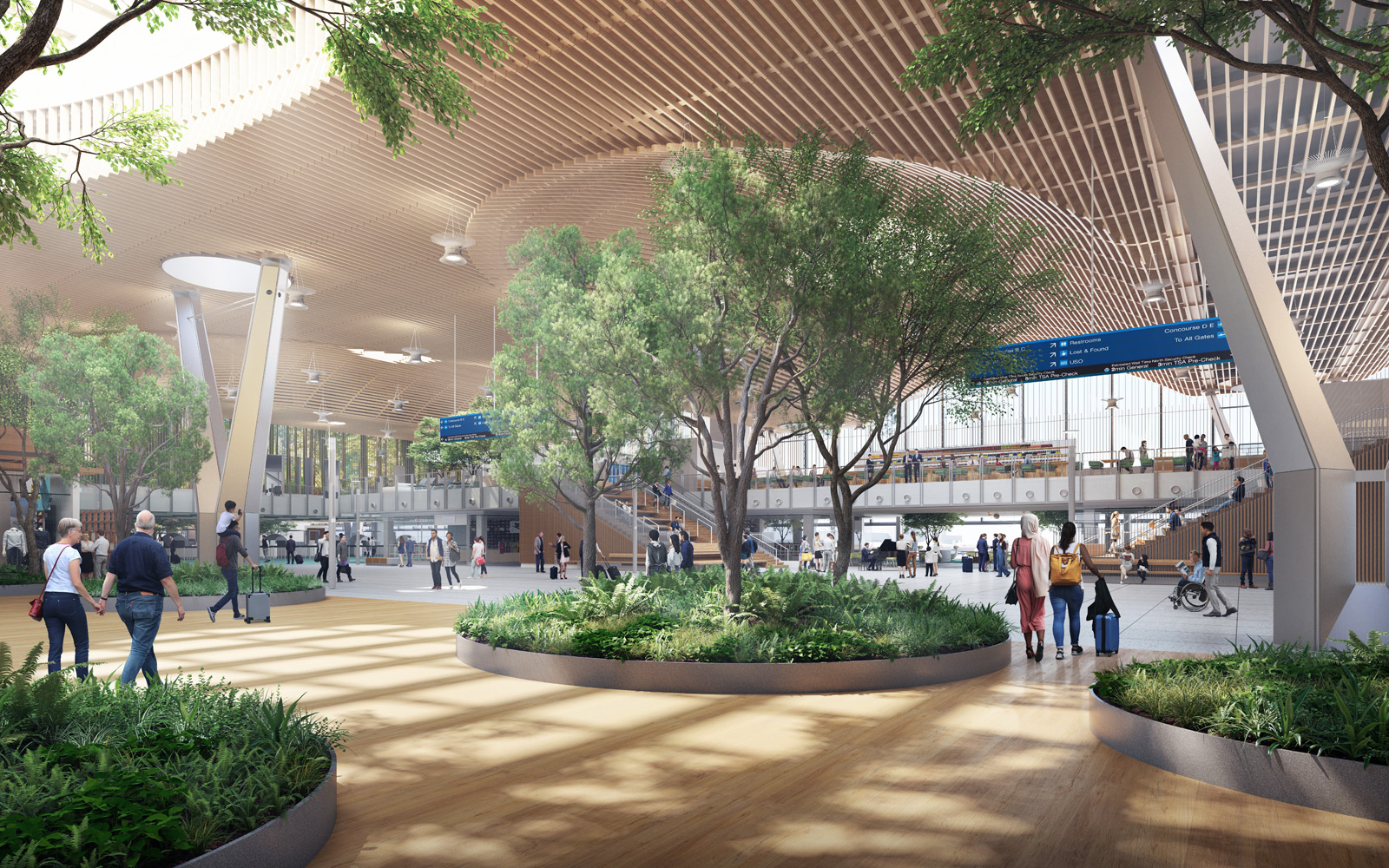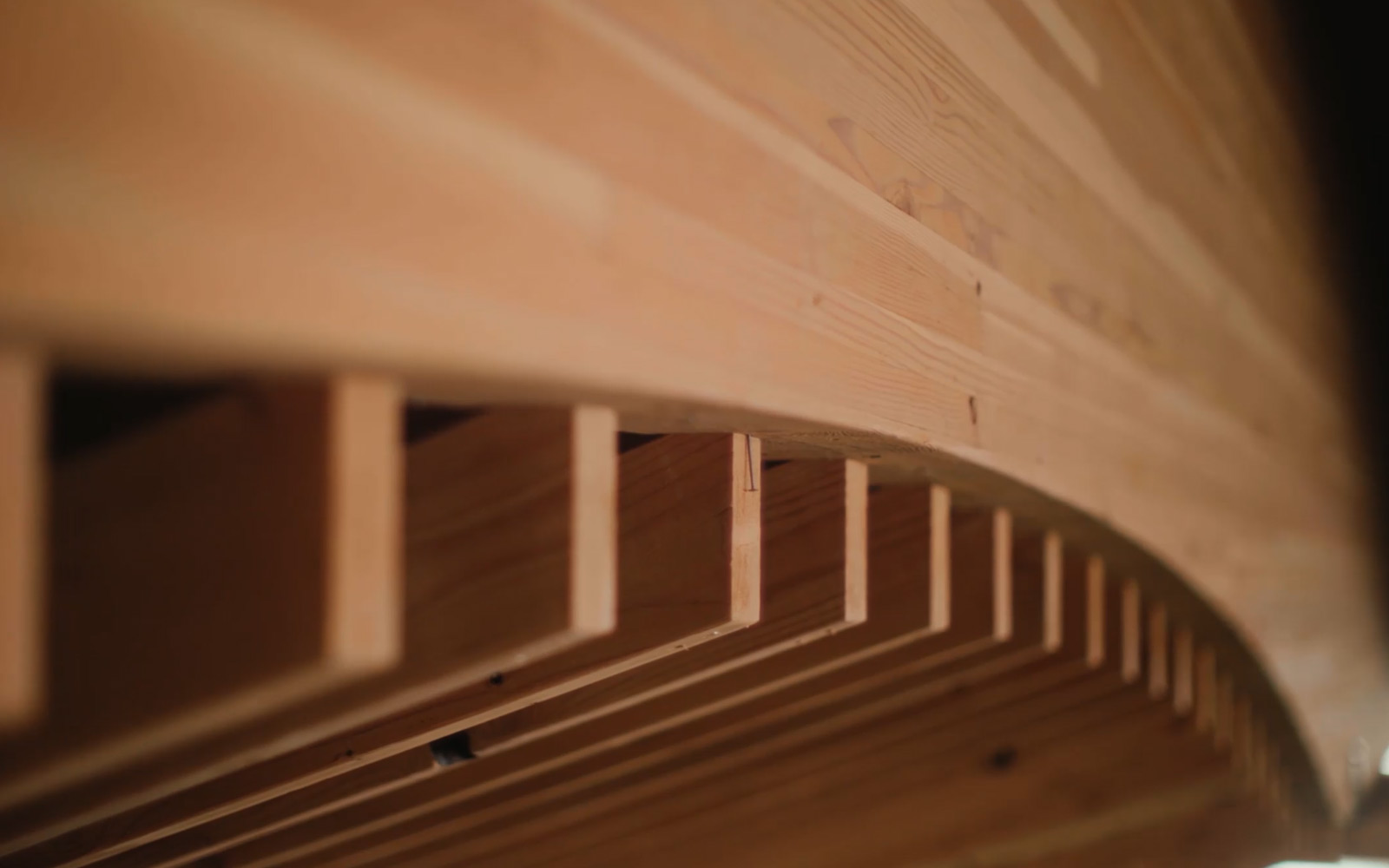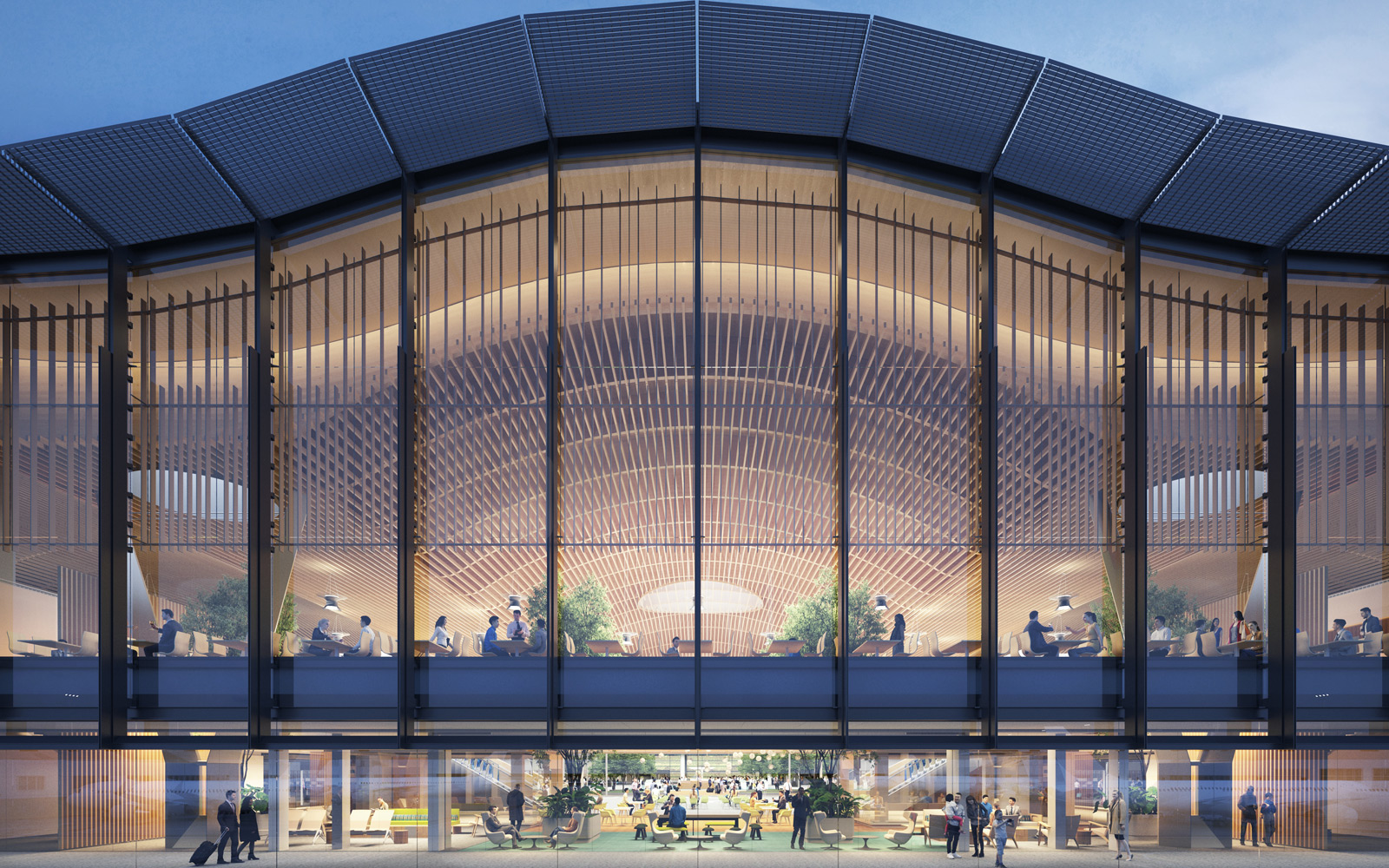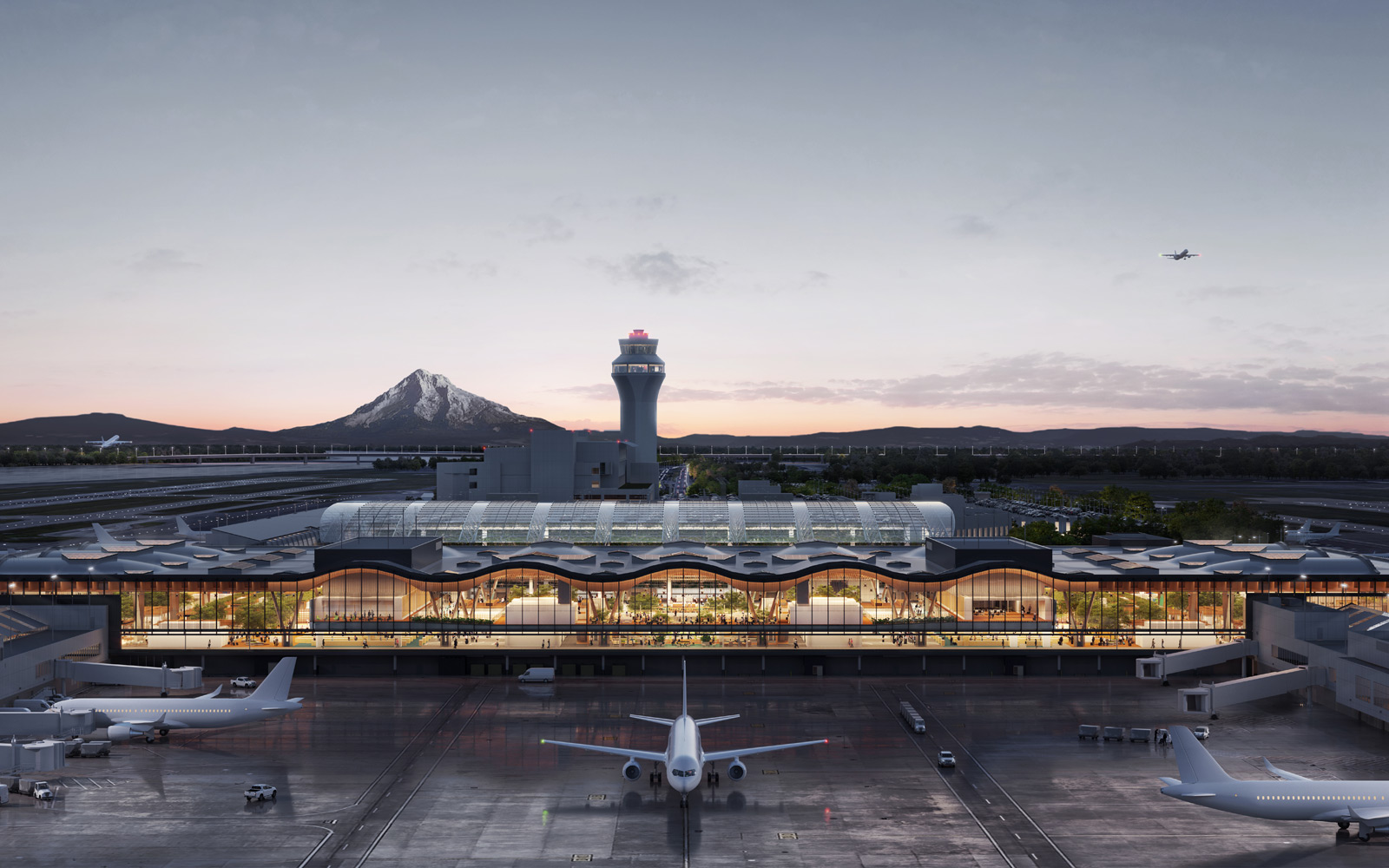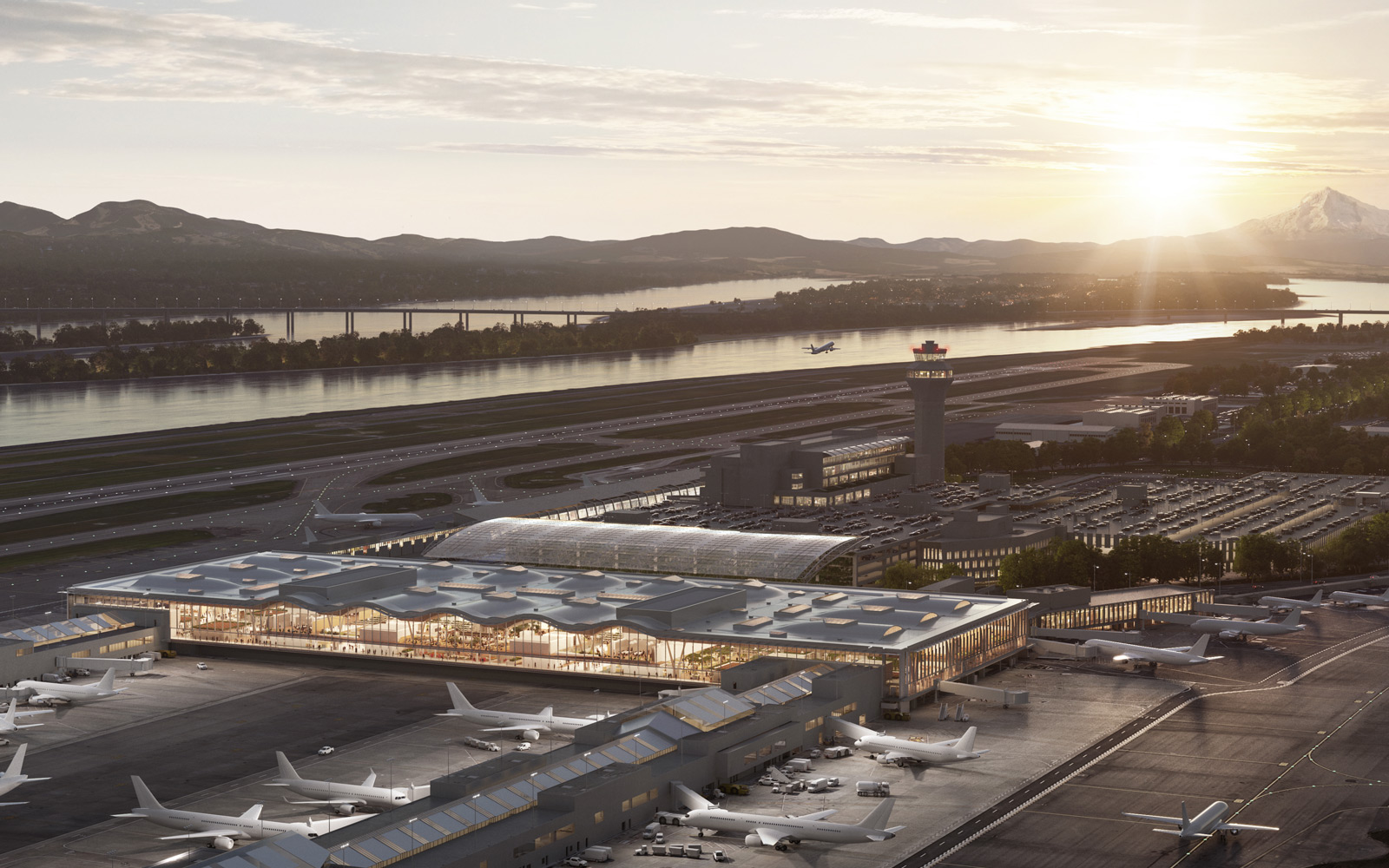
It takes a lot of hands to keep airport construction moving. We’re sharing regular “Faces of PDX” profiles to shine a spotlight on the people behind these projects. Up next: Business owner Nathaniel Hartley.
Design is only the first step. It takes many more skilled craftspeople to turn those blueprints into reality. Plasterer and business owner Nathaniel Hartley is one of the talented people working behind the scenes to bring PDX Next projects to life. The owner of Professional Lath and Plaster, he’s been in the industry for 40 years and played a crucial role in the Concourse E extension — installing the metal ceilings, acoustical plaster to help soften noise within the airport and more to help ready the extension for its July 2020 debut. One year after E's opening celebrations, we chat with Nathaniel about how he got into the industry, a few lessons he learned as a graduate of the Port of Portland’s Mentor Protégé Program, and the ethos that guides his work and life.
Before plaster, there was music.“In my younger years, when I got out of high school, I joined a band and we eventually started playing clubs. Then I majored in music in college. Music was my life, but my father and grandfather would say there’s nothing glamorous about being a starving artist. My father owned an oil distribution company. I wasn’t interested in fuel oil, but I learned the entrepreneurial spirit from him — I kind of inherited that in my DNA. Even when I was a lead singer in bands, I would be the one to put on a suit, briefcase and negotiate what the club owners would pay us.”
As the saying goes, it’s about who you know.“I’ve learned it’s all about building relationships. I’m a people person. Integrity is the most important thing for me. People know when you’re honest, trustworthy, keep your word. I’m the only African American union plastering contractor in Oregon and Washington. It’s been challenging but once people realize that you can do it and do it well, respect is earned; you have to earn it. People won’t just give it to you; you gotta earn it.”
The Port of Portland’s Mentor Protégé Program changed his perspective on entrepreneurship.“It changed our lives — for my wife and I both. We learned the difference between being self-employed and being an entrepreneur. A self-employed person is someone who works hard, is good at what they do and they’re usually the smartest person in the room. An entrepreneur will hire people who are smarter than them and invest money to stay on the cutting edge of technology. The entrepreneur is always looking to raise the value of the company, to sell it at a great profit, or pass it onto the family.”
Being a contractor is bigger than being someone’s boss.“The best part of being a contractor is being able to help people. Maybe they’ve been to jail or gotten in trouble, but they want to get their lives together and build their lives. Well, they can come work for us. [Nathaniel works with local organization Constructing Hope, a pre-apprenticeship program that helps recently incarcerated people rebuild their lives.] We’ve seen people come in and their whole lives completely change. They become hard-working, responsible, productive craftspeople. That’s what I really like about being a contractor — reaching out to the community and helping.”
